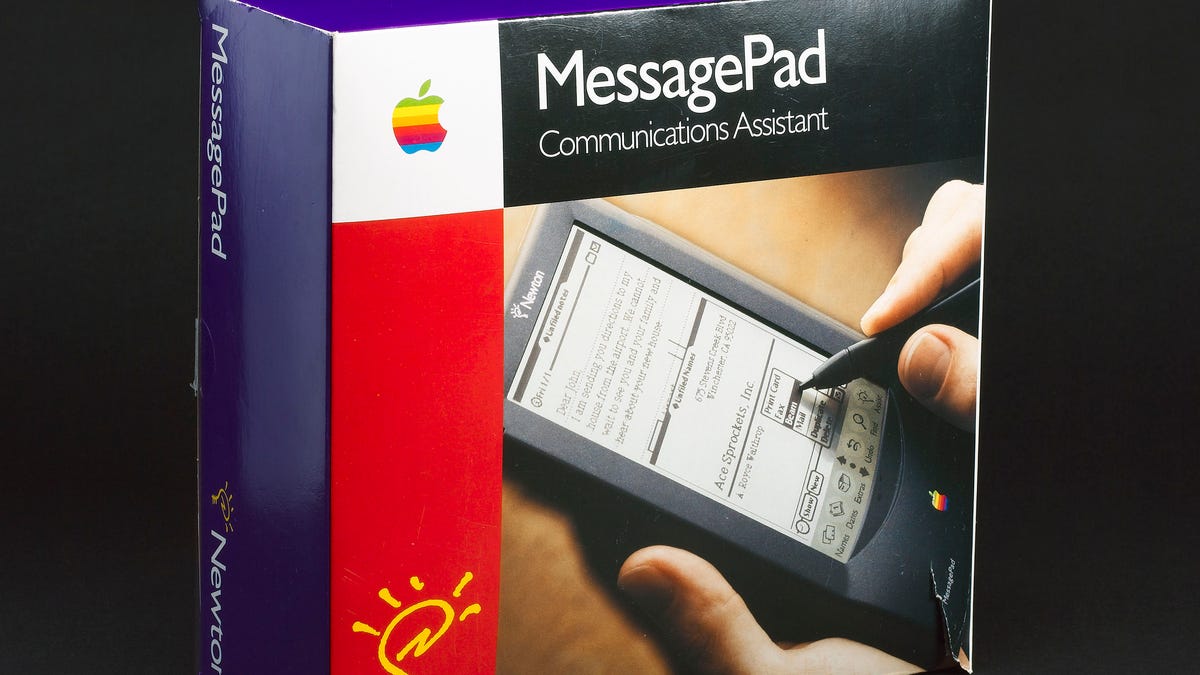
By 1994, Apple’s System 7 operating system was showing some age. Apple needed to make some major overhauls to snatch attention away from the upcoming Windows 95 OS, which flaunted modern multitasking and dynamic memory allocation.
Copland, a new OS set for release as System 8 in 1996, was supposed to be a saving grace. Instead, it was one of the worst IT disasters in history. When you boil it down, Copland failed because it was overly ambitious—a sour example of feature creep. Basically everybody at Apple wanted in, and Copland became so bloated that a working version never arrived despite Apple promising at WWDC 1996 to ship the OS to developers within months.
Core features of Copland included protected memory, a “live search” in the toolbar, improved multitasking, themes, multi-user support, native PowerPC integration, and a feature for minimizing windows by dropping them to the bottom of the screen. It was a revolutionary upgrade that never materialized.
In late 1996, Apple announced that it had purchased NeXT and was bringing Steve Jobs back in an advisory role. With the merger, Apple gained the Unix-based NeXTSTEP operating system, which would become the foundation of Mac OS X. Many of the features set for Copland were incorporated into subsequent versions of Mac OS.
